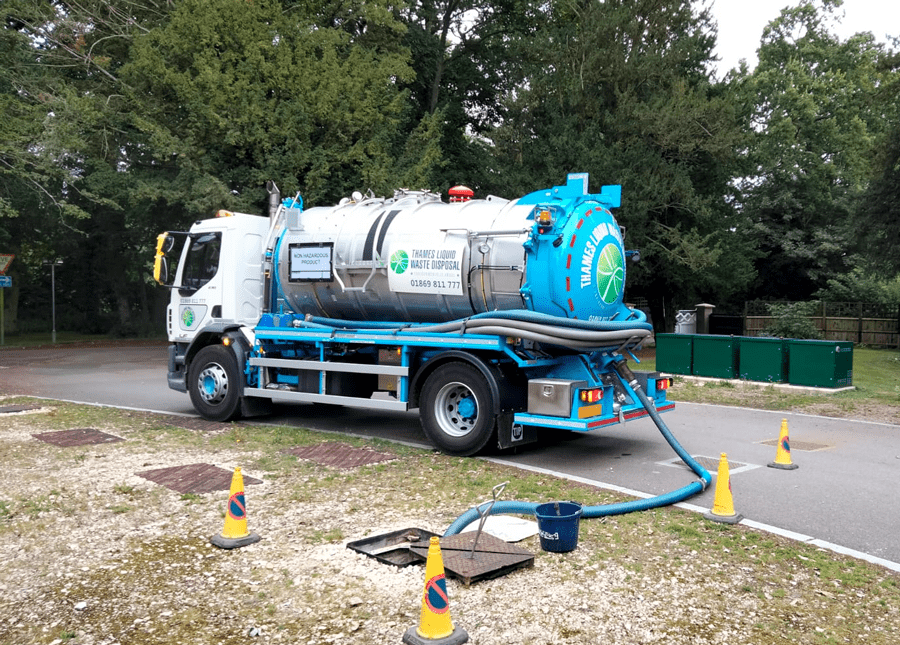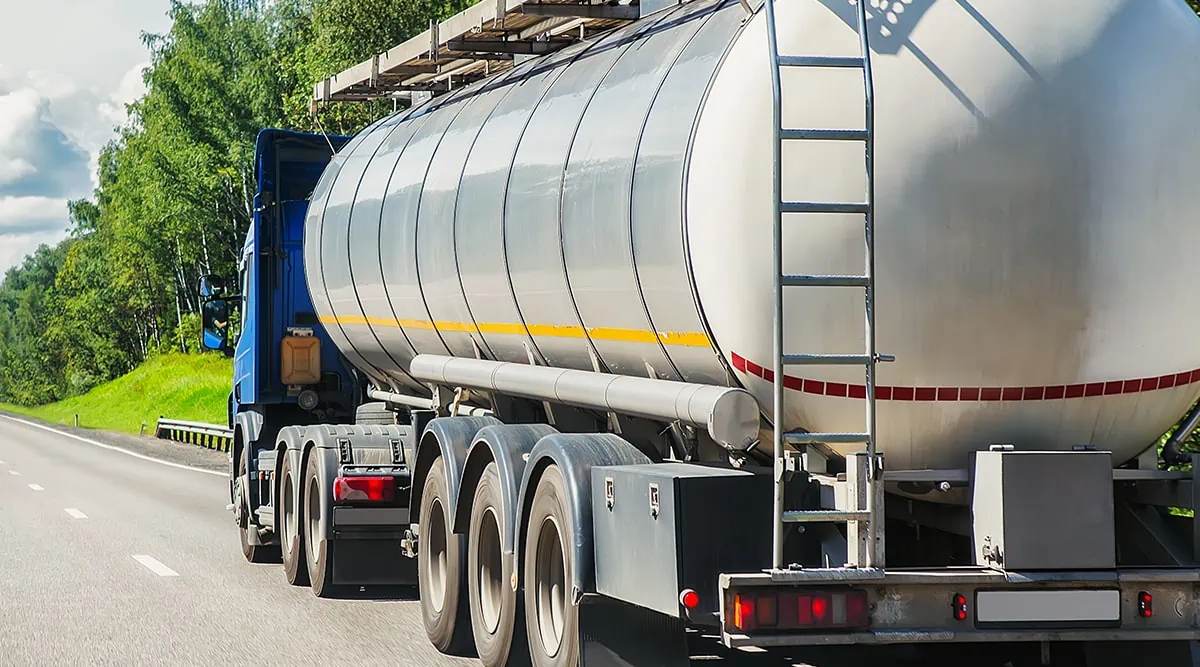All about Reclaim Waste
Table of ContentsThe 5-Minute Rule for Reclaim WasteHow Reclaim Waste can Save You Time, Stress, and Money.Getting My Reclaim Waste To WorkThe Reclaim Waste DiariesReclaim Waste - Truths
Check out the types, occurrences, and types of fluid waste. Residential sewer waste describes the waste and products from a residential septic storage tank. This kind of waste is created by human beings in residences, colleges, and various other structures. This only includes sewage-disposal tanks that have a drainpipe field. The proper administration and disposal of domestic sewage waste call for fluid waste to be moved to a sewer therapy plant where the proper techniques and equipment are used to cleanse and dispose of waste.
Business waste usually includes prospective dangers, such as combustible materials or a mixture of liquid and strong waste products, and requires a more sophisticated and thorough disposal process. The disposal of commercial waste normally involves the filtration of waste prior to transport to ensure secure and proper disposal. Hazardous waste is developed from results and runoff of industrial procedures and production.
This kind of waste can not use the exact same sewage monitoring transport or processes as septic or business fluids. The hazardous waste monitoring process needs the inspection and screening of liquid waste prior to it undergoes the disposal procedure (industrial wastewater treatment). Overflow waste is the fluid waste that originates from runoff and excess stormwater in extremely populated areas or cities
Overflow waste can trigger contamination and flooding otherwise taken care of correctly. Find out more about drain cleaning and waste administration. Making sure correct waste monitoring can prevent disasters and minimize ecological injury. Both people in property setups and specialists in industrial or production sectors can gain from comprehending the procedures and policies of liquid waste administration.
The Main Principles Of Reclaim Waste
Get in touch with PROS Services today to find out about our waste monitoring and disposal services and the proper means to look after the fluid waste you produce.
(https://giphy.com/channel/reclaimwaste1)This supposed 'wastewater' is not only an important source yet, after therapy, will certainly be launched to our land, waterways or the ocean. Utilized water from toilets, showers, baths, kitchen area sinks, washings and commercial procedures is recognized as wastewater.

water made use of to cool machinery or tidy plant and devices). Stormwater, a form of wastewater, is runoff that moves from agricultural and metropolitan locations such as roof coverings, parks, gardens, roads, paths and seamless gutters right into stormwater drains, after rainfall. Stormwater flows without treatment straight to local creeks or rivers, at some point getting to the sea.
The Only Guide to Reclaim Waste
In Queensland, many wastewater is treated at sewage treatment plants. Wastewater is moved from domestic or commercial sites with a system of sewage systems and pump terminals, recognized as sewage reticulation, to a sewage treatment plant. City governments build, preserve and operate most sewer therapy plants. Operators are accredited under the Environmental Security Act 1994 to discharge treated wastewater at an acceptable environmental criterion right into rivers.
The Division of Natural Resources suggests regional governments regarding handling, operating and maintaining sewage systems and therapy plants. In unsewered areas, local federal governments may need owners to set up specific or home sewer treatment systems to treat domestic wastewater from bathrooms, kitchens, restrooms and laundries. The Department of Natural Resources authorises making use of house systems when they are verified to be efficient.
In some new communities, treatment of some stormwater to remove clutter, sand and crushed rock has actually started utilizing gross pollutant catches. Wastewater therapy occurs in 4 stages: Removes strong issue.
Wastewater after that flows into huge containers where solids work out and are eliminated as sludge. Oil and residue are skimmed from the surface area. Utilizes small living microorganisms recognizes as micro-organisms to damage down and remove continuing to be liquified wastes and fine fragments. Micro-organisms and wastes are incorporated in the sludge. Gets rid of nitrogen and phosphorus nutrients that could cause algal blooms in our waterways and intimidate marine life.
Some Of Reclaim Waste
Nutrient removal is not available at all sewer therapy plants because it requires expensive specialised equipment. Clear fluid effluent generated after treatment might still contain disease-causing micro-organisms - industrial wastewater treatment.

This usually means wastewater has actually to be treated or contaminants gotten rid of prior to it can be released to rivers. The majority of wastewater streams into the sewerage system. Under the Act, neighborhood federal governments administer approvals and licences for environmentally relevant tasks (Periods) including wastewater releases that might have a neighborhood impact. The division provides authorizations and permits to ERAs involving wastewater releases that could have a local or statewide effect.
What Does Reclaim Waste Do?
Or else, samples are taken for research laboratory analysis. Usually many examinations are required to establish the levels of each of the various contaminants such as oils, heavy metals and chemicals in water. Monitoring supplies valid info about water quality and can validate that licence conditions are being met. The information gotten through monitoring offers the basis for making water top quality choices.